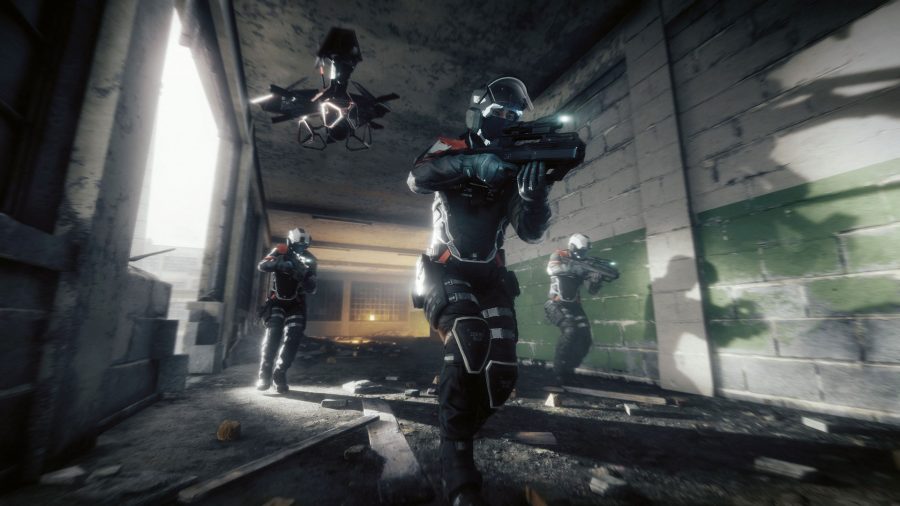In 1984, the Cold War classic “Red Dawn” was released in theaters, telling moviegoers the tale of American teenagers under siege from Communist forces. The movie was a success, but unfortunately, “Homefront: The Revolution” is lukewarm.
“Homefront: The Revolution” is a reboot of 2011’s “Homefront,” a game that follows a similar plot line to “Red Dawn,” but in a modern setting. The story takes place in 2029 after the North Korean government flips a switch on military hardware it sold to the United States, disabling it and allowing the North Korean military to take over the nation.
After a brief introduction, players are quickly thrown into the fray, playing as soldier Ethan Brady. Along the way, gamers will sneak, shoot and hack their way to freedom alongside members of the resistance movement.
An interesting part of the gameplay came from customizing weapon frames to quickly swap between attachments and weapons. For example, the basic pistol Brady is given at the start of the game can be dismantled and transformed into a submachine gun at the push of a button.
Along with changing weapon types, players can craft explosives and tools to help aid in battle. During a fight, players can simply open up a menu, select the item they want to craft, and throw it into battle to change up tactics.
Brady is a silent protagonist, a standard trope in first-person shooters, but he manages to feel like an agent of change as accomplishes missions throughout the game. While characters such as Benjamin Walker, the leader of the Resistance, are posed as the heroes, Brady manages to outpace them quickly as the story progresses.
However, nearly every step Brady takes in the game is plagued with issues.
The war-torn streets of Philadelphia feel lifeless and generic, outside of soldiers and attack drones patrolling the streets, and each encounter plays out similarly. By simply tossing an explosive into the area and firing just a few shots, most enemies go down without much of a fight.
While moving around to the next story mission, additional side activities will appear on the map, allowing for a quick diversion to take out high-value targets or hack into enemy command points. These activities offer a level of variety to the gameplay that felt much needed as I ran and shot my way through the city.
“Homefront: The Revolution” performed poorly on the Playstation 4 even after installing updates that addressed gameplay issues. Aiming in the game feels stiff, which left me feeling like every shot had to count, despite ammo being plentiful throughout the world.
Throughout my playtime, the frame rate suffered the same issues. The game would often completely stop responding for two to three seconds every time the game automatically saved, which occurred frequently while exploring the city.
“Homefront: The Revolution” feels as though several elements of the gameplay were left unpolished, much like its 2011 counterpart. From its generic environments to its standard gunplay, the game simply misses the mark.
“Homefront: The Revolution” is available now for PC, PS4 and Xbox One.









